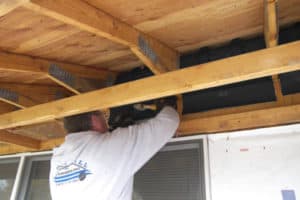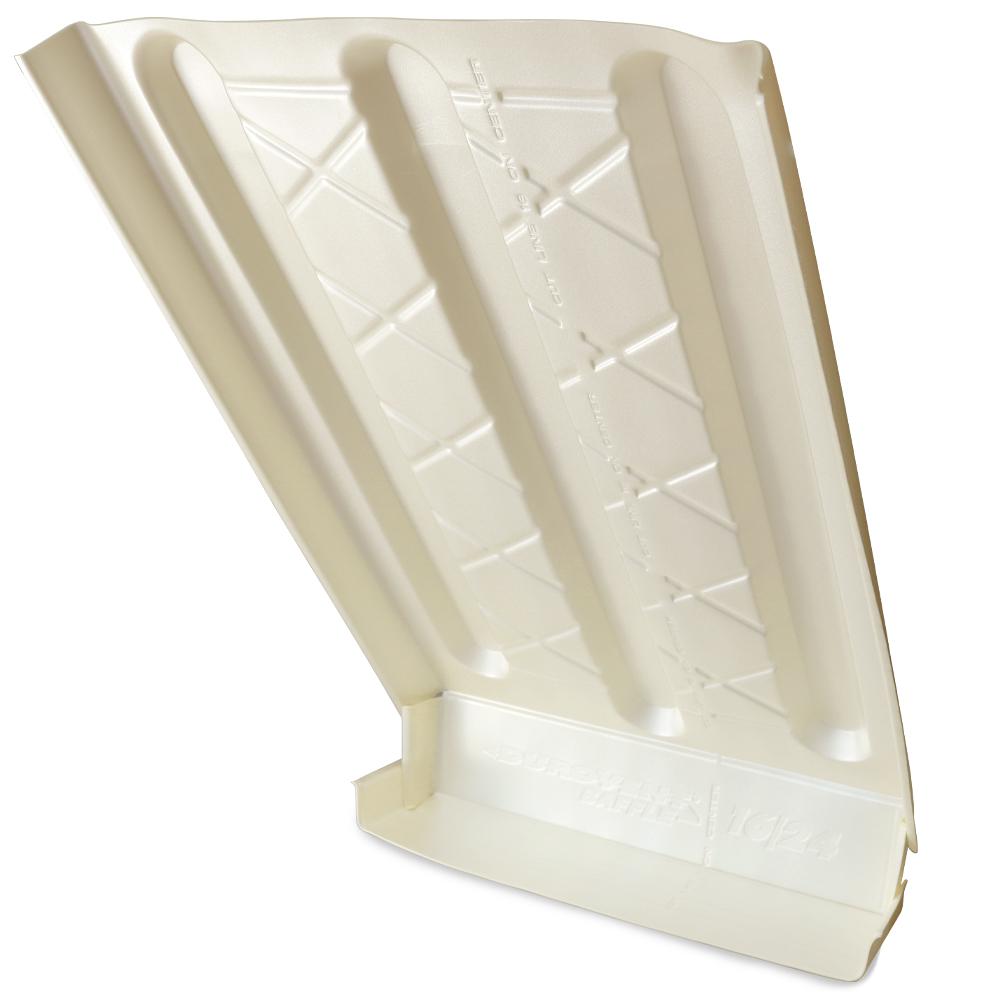We use this same design under roofs that cover cathedral ceilings but on occasion find that more air space and air flow up under the roof sheathing are needed in those structures.
Attic baffle to cover soffits too.
The solution is to add baffles which allow air to flow past the insulation photo 9.
Can you have too much ventilation in your attic.
In this post we cover the intake ventilation.
If you opt not to have an attic baffle you could potentially be leaving your home to additional debris and moisture to enter through the soffit vents.
If your attic is well insulated the insulation might be plugging the spaces between rafters just above exterior walls.
The molded polystyrene baffles available at home centers and lumberyards for about 1 each form channels that hold insulation at bay and direct incoming air upward.
If this does happen the soffit vents will not function as best as they should and therefore supporting the formation of mold or fungi rather than preventing it.
Run baffles the entire length of the rafter bay from the soffit vent to the ridge vent then add batting insulation over the baffles.
The answer is rafter venting.
Baffles are available at home centers.
That means air can t flow from the soffit vents to the roof vents.
That is split into 4 25 square feet or 618 square inches for both intake and exhaust.
The attic roof vent baffles baffles hold the insulation away from the roof deck to permit air to enter the attic or under roof space.




























